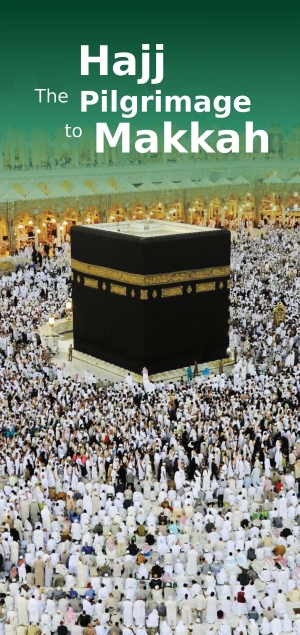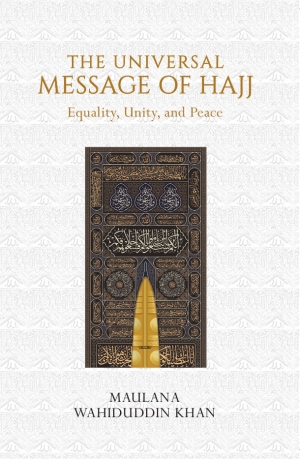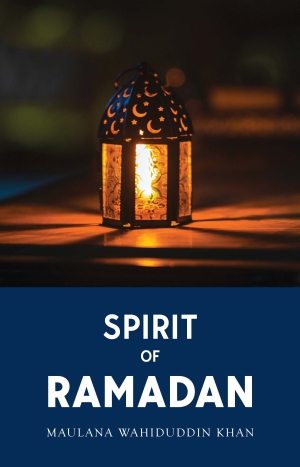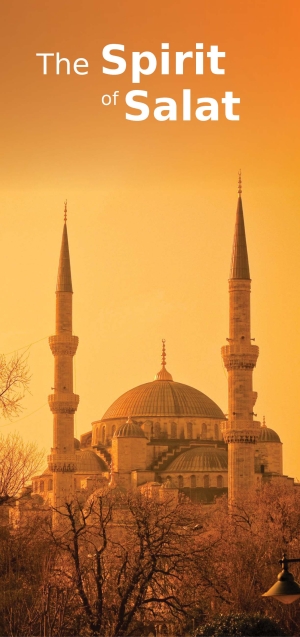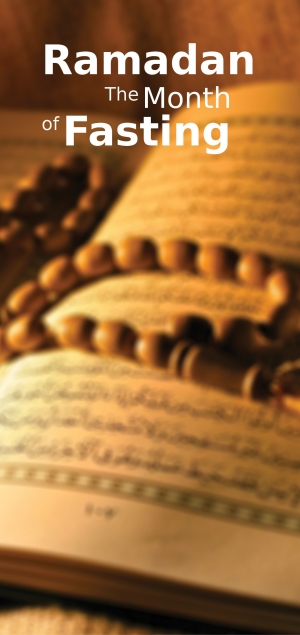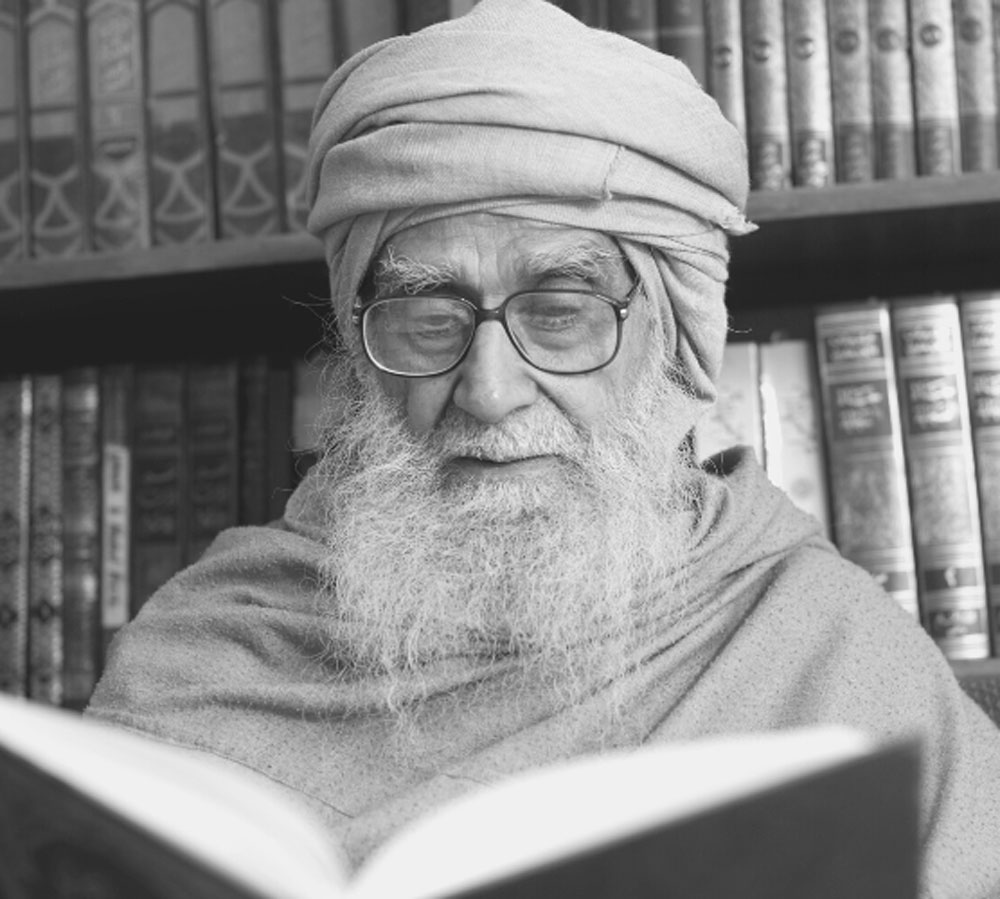When the time nears for his entrance into the Haram (sacred territory), every pilgrim divests himself of his clothing in order to don a new kind of uniform – an unstitched plain, white garments which serve to heighten his consciousness of entering a new world. The very act of shedding his normal clothes (and with them all signs of status and ethnicity) signifies that he is separating himself from the way of life peculiar to his environment, and is now ready to become suffused with such emotions as are desired by God. In this way, thousands of men, in casting off their own hues, take on the hue of the Almighty and beginning to utter godly words - ‘Labbaika Allahumma labbaika! Here I am, O God, here I am!’
Ask, Learn, Grow
Your spiritual companion





